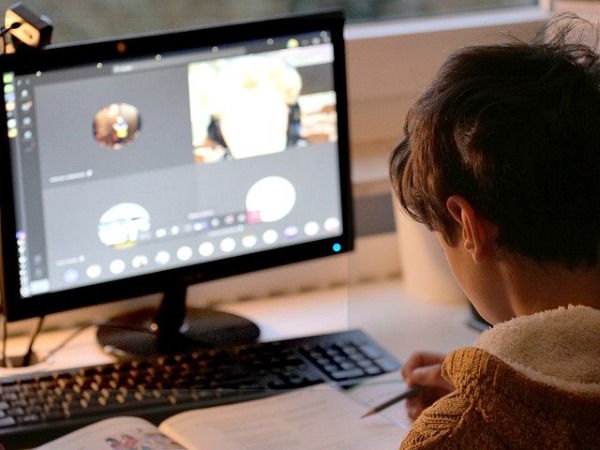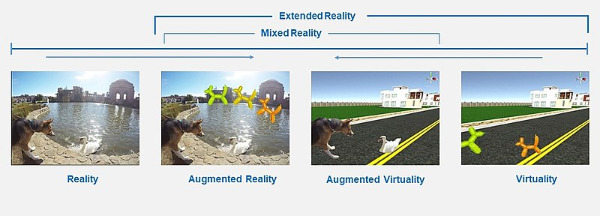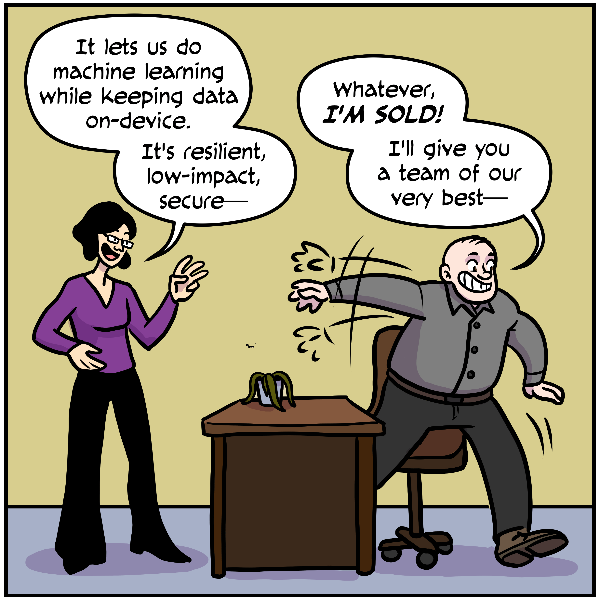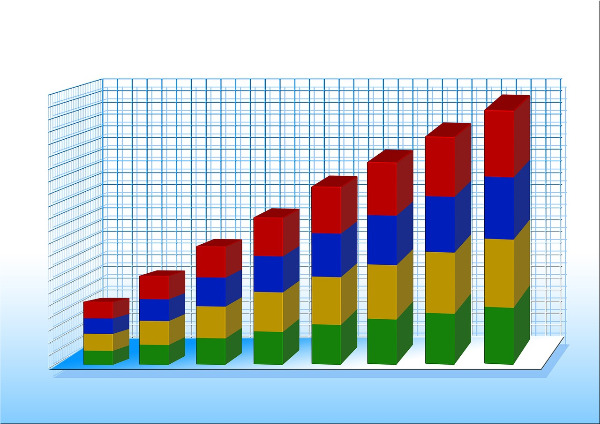Emergency Remote Teaching May Not Be Online Learning

Though they get lumped together, there is a difference between emergency remote teaching (ERT) and online learning. Prior to the COVID pandemic, I knew of some isolated examples of emergency remote learning (ERL). It might have happened because of a natural disaster, such as when Hurricane Katrina hit the New Orleans area in 2005. Tulane University was forced to send students to other schools. Going online wasn't an option. In 2009, the H1N1 (swine flu) pandemic hit and few schools used online learning as one way to compensate. In that pandemic, schools often kept students isolated on campus and used more traditional learning options. It was the rare school that was able to go online for all or a large percentage of classes.
I co-wrote two journal articles in 2021 (AJES, 80:1) about the COVID pandemic and higher education. The first article, "Online Education in a Pandemic: Stress Test or Fortuitous Disruption?" examined some of that history. One observation is that there were few lessons learned between the prior event and the COVID pandemic despite gains in using online learning in normal situations. The COVID-19 pandemic brought on more emergency remote learning than a switch to online learning. Switching from face-to-face (F2F) education to a virtual environment was forced and unplanned in the vast majority of cases. The second article, "Choosing Transformation Over Tradition" considers how advancements in online education did not have the effect of preparing all teachers and all courses to move online easily and asked whether lessons learned in 2020 and 2021 would be temporary or transformative. At that time, there were teachers, students and courses that were online - and there were those that were not. (both articles are available via academia.com).
Well-planned online learning experiences are significantly different from courses offered online in response to a crisis or disaster. I believe that most of the criticisms of K-12 and high education schools trying to maintain instruction during the COVID-19 pandemic stem from emergency remote teaching. Unfortunately, in the public perception and for some in academia, the experience of ERL is their perception of online learning overall.
Emergency remote teaching is defined as "a temporary shift of instructional delivery to an alternate delivery mode due to crisis circumstances." Though the teaching solutions used will certainly overlap those used for online instruction, ERT or ERL should not be considered the same as what we know to be planned and designed "online learning."
An EDUCAUSE article considers how we might cautiously evaluate emergency online learning and though some criteria for evaluating online learning would certainly be in that rubric, it would be invalid to use the same criteria.
It reminds me of my earliest experiences teaching online 20 years ago. Not only did I need to change how I designed lessons and how I presented them pedagogically, but I also needed to reevaluate how I would evaluate student work. For example, could I use the same rubric for a student who did a presentation or demonstration in my physical classroom as I did for a student submitting a slide presentation with audio that had been carefully designed, revised and edited?
When I ran a university department that was the campus support of online courses, we worked with a small percentage of faculty and courses that were fully online. In emergency situations when all classes needed to be online and faculty and students needed support, my department and I believe most school's support teams will not be able to offer the same level of support to all faculty who need it.
If you are in a teaching position, are you, your students, and your institution in a better place now to move quickly online than you were in January of 2020?
In writing that second journal article, I and my co-author were somewhat pessimistic about where we would be in 2022 based on the lesson not learned in past instances of emergency shifts to online. However, since those articles were published in early 2021, we feel some optimism. We have seen positive changes in preparedness. Anecdotally, I know of K-12 schools that have smoothly moved to online modes because of snowstorms or other short-term situations because of what they experienced in 2020-21. I know higher education faculty who are now more comfortable taking on an online course section (though they still prefer to teach in a physical classroom). At all levels, there is more use of online delivery platforms and more hybrid teaching than before.
Like other emergency situations, we often hear that it is not if we will ever have to go fully online again; it is when we will have to do it.


 There has been lots of talk about the losses in learning during the pandemic. Much of that talk has been around the shift to online learning and what was perceived as lost by not being in physical classrooms.
There has been lots of talk about the losses in learning during the pandemic. Much of that talk has been around the shift to online learning and what was perceived as lost by not being in physical classrooms.